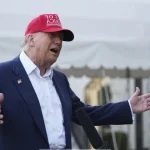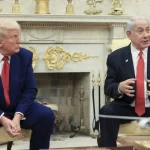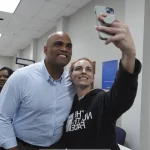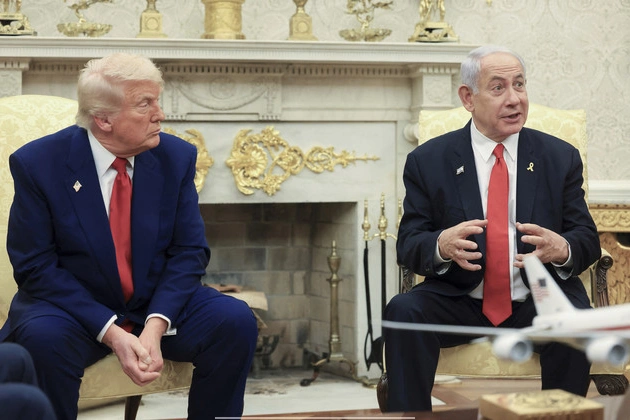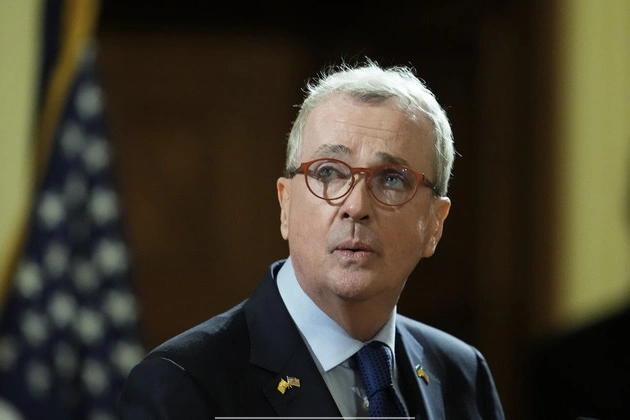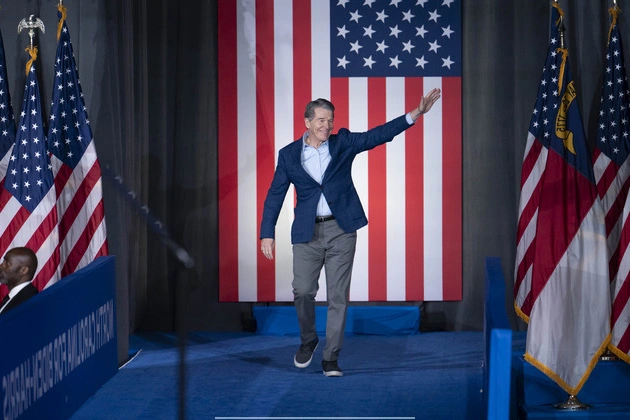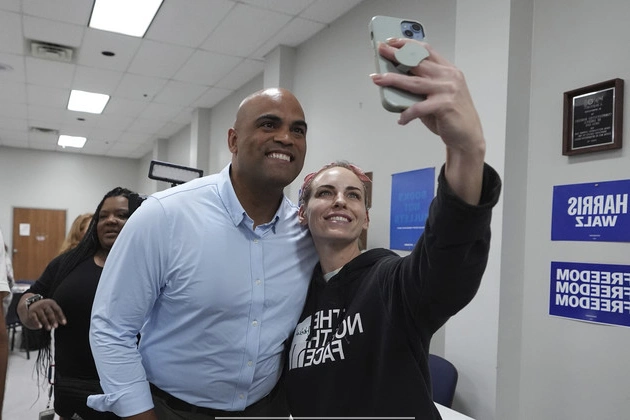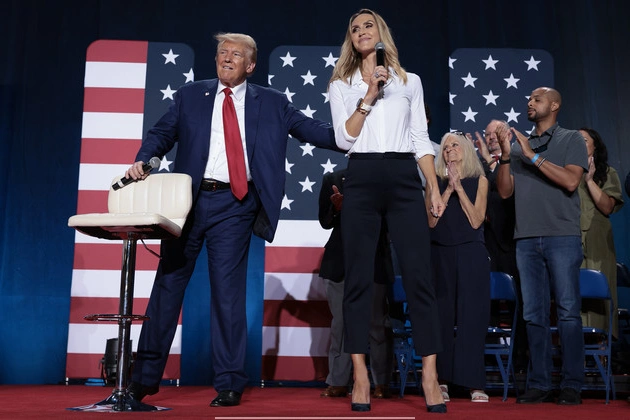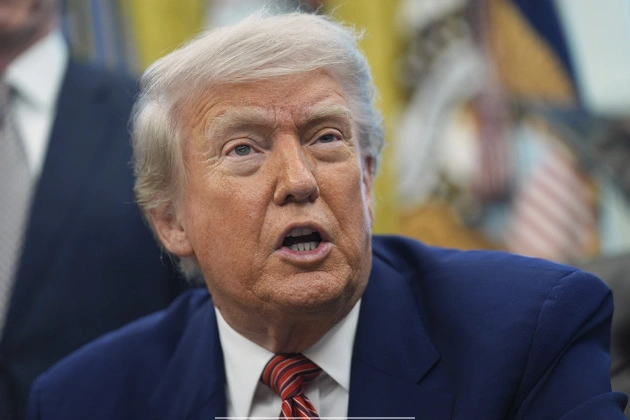
Introduction
With President Donald Trump’s tariffs entangled in the courts, industry leaders are warning that continued confusion over his trade agenda could drag down an economy that was already in danger of slumping.
Current Economic Landscape
They are urging Trump to abandon an aggressive policy that has been marked by chaos and reversals, and instead focus on delivering tangible, lasting deals that will allow businesses to plan ahead. A federal court on Wednesday froze the tariffs, but an appeals court on Thursday reinstated them for now, only fueling the sense of disarray.
“One of the things that the administration has to offer is a guarantee of certainty with respect to current and potential future tariffs,” National Foreign Trade Council President Jake Colvin, who advocates for U.S. companies on global commerce, said after the Wednesday decision by a trade court. “The court’s ruling… is an inflection point that provides an opportunity for the administration to turn even more towards deal-making.”
Concerns and Reactions
The potential policy blowup comes at an especially vulnerable time for the economy. The Conference Board reported Thursday that confidence among top CEOs cratered during the second quarter at its fastest pace in almost 50 years. The government said the economy contracted during the first quarter as businesses rushed to get ahead of higher import costs and consumer spending slowed. And corporate profits fell.
Colvin is not the only executive who’s alarmed. National Association of Home Builders Chair Buddy Hughes said the “fluidity” of the administration’s tariff policy has harmed housing affordability and that the administration needs to seek deals that will roll back tariff rates. Jonathan Gold of the National Retail Federation said his members need a “rapid resolution” of the tariff process to meet the needs of their customers.
Future Implications
The fear is that Trump will bristle at both adverse court rulings and growing perceptions on Wall Street that he’ll “chicken out” on his protectionist agenda. If he reapplies the tariffs using alternative legal authority, which is one option, it would likely cause businesses and investors to pull back — raising the specter of a recession.
“What this does is just add another layer of uncertainty on top of what was already an uncertain situation,” said Andrew Hollenhorst, the U.S. chief economist at Citi.
For now, Trump’s team is showing no signs of pulling back. In the immediate aftermath of the Wednesday court ruling, White House aides dismissed speculation that the president might significantly alter his strategy, insisting they still had multiple pathways available to impose steep tariffs across key parts of the economy.
Conclusion
It’s not simply the policies themselves that have stoked the anxieties of corporate leaders. The U.S. Court of International Trade’s decision to temporarily strike down most of Trump’s levies on imports increased the number of potential outcomes that business leaders may have to reckon with in the coming months. In addition to tracking the administration’s progress on trade negotiations with dozens of foreign governments, they have to plan for the possibility that Trump will use alternative legal authority to impose a different set of tariffs should the courts nullify the current regime.
Importers, wary of the on-and-off-again nature of the tariffs, have been cautious about moving products that face high levies, like imports from China.
Many businesses are hoping the courts will help move the complex U.S. tariff agenda into a more certain place, eliminating questions over whether the levies will remain in place.
